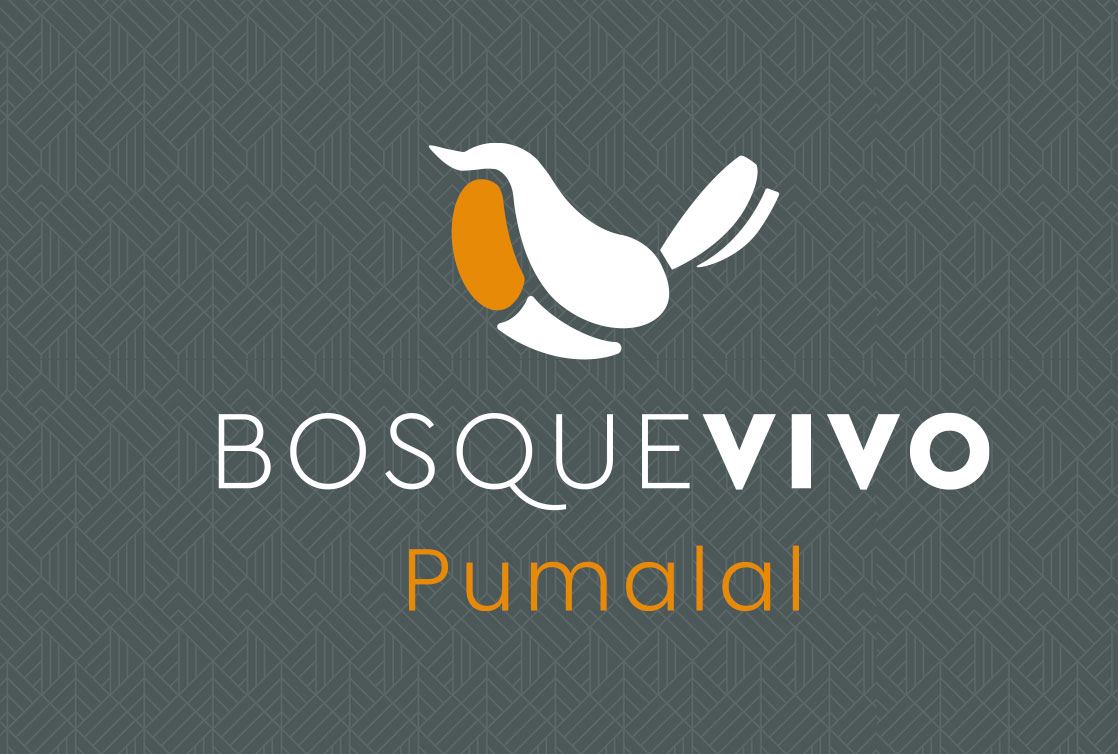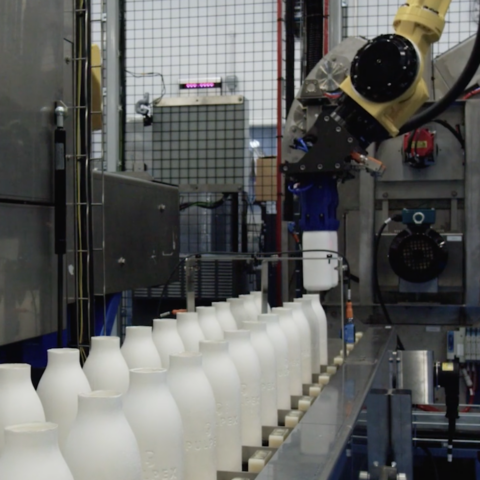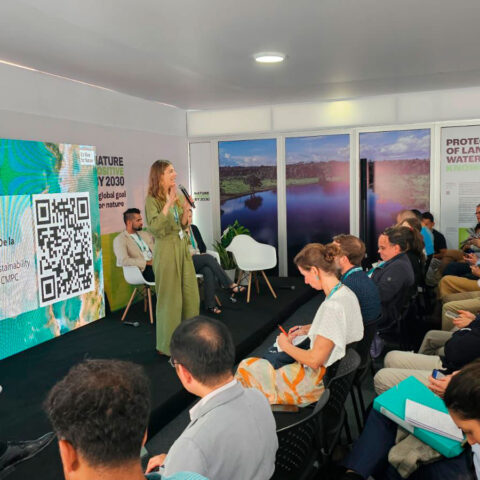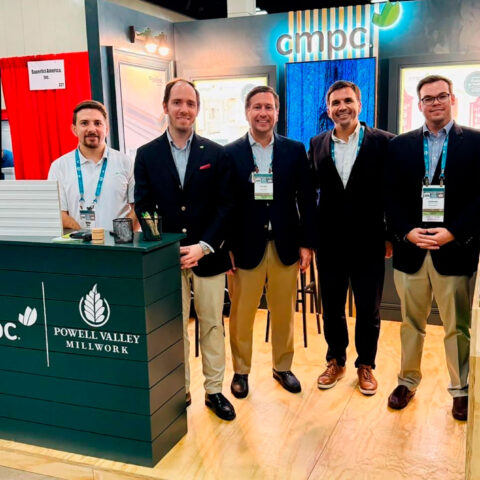GENERATION AND CHARACTERIZATION
CMPC’s production process generates various waste and byproducts that vary among businesses and subsidiaries. Each waste has a different treatment, depending on the type of material and whether it is hazardous or non-hazardous.
CMPC’s production process generates various waste and byproducts that vary among businesses and subsidiaries. Each waste has a different treatment, depending on the type of material and whether it is hazardous or non-hazardous.
Our corporate goal for sustainable development in terms of waste is to be a Zero Waste to Landfill company by the year 2025, through the reduction of waste generation, its valorization as byproducts, and the strengthening of circular business models.
GOAL 12.4: By 2020
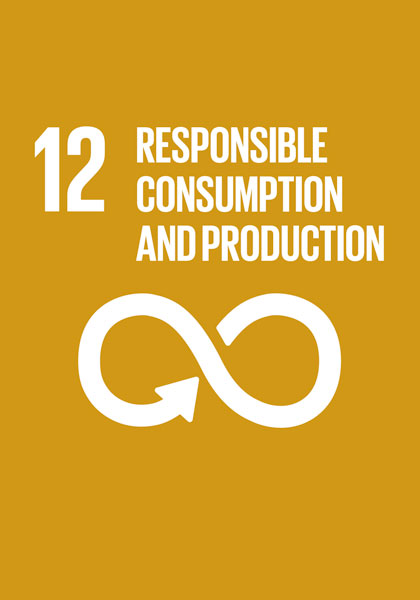
Achieve the environmentally sound management of chemicals and all wastes throughout their life cycle, following agreed international frameworks, and significantly reduce their release into the air, water, and soil to minimize their adverse effects on human health and the environment.
Goal 12.5: By 2030, significantly reduce waste generation through prevention, reduction, recycling, and reuse activities.
CMPC Waste Strategy
CMPC has advanced in the steps of the hierarchical strategy for waste management, which translates into the following order or prioritization: generation reduction, minimization, reuse, recycling, energy generation and finally disposal in authorized sites, with the corresponding environmental controls.
Thus, the Company has implemented the CMPC Waste Strategy to “Ensure compliance with zero waste at final disposal in 2025, circularizing the Company’s processes in its transition to be a zero waste organization.” Among the main elements of this strategy are the following focuses:
– Identify and comply with all environmental and sector regulations linked to waste management.
– Update, systematize and analyze environmental information on waste management generated by the company, continuously improving management.
-Manage and prevent impacts associated with waste management in the organization, diversifying recovery services, specifically reduction, reuse and recycling offers. Connect synergies between different company processes.
-All initiatives implemented by the Company must be systematized through the Roadmap for permanent control and measurement, contrasting their results with the goals established.
– Anticipate the future with innovative initiatives obtained through joint work with academia, replicating good practices at a global level, which aim at the implementation of new technologies, improvements in processes to reduce waste generation, optimization of contracts, which consider the elimination of inputs with a high ecological burden, among others.
Waste management regulations demand the implementation of hazardous waste management plans and other environmental management instruments that provide guidelines for the adoption of preventive measures. This strategy, which is proactive and goes beyond legal requirements, stipulates guidelines for all of the Company’s facilities to extend their management plans’ scope to include impacts of non-hazardous industrial waste.
Roadmap of Enabling Projects
To ensure compliance with these goals a Roadmap of Enabling Projects was created, currently containing 59 initiatives.
A subset of the total projects in development, meets defined innovation criteria. An example of this is the Beneficial Application of waste on degraded agricultural soils and the Composting of sludge from the wastewater treatment plants, through vermiculture.
CMPC implements environmental management systems in its facilities, a framework in which audit processes are conducted to review the processes linked to waste management and identify potential risks and opportunities. Audits of waste management processes involve reviewing legal compliance and efficiency in operational controls. Additionally, a systematic review of socio-environmental risks linked to the waste management of the facilities is carried out.
Results and achievements
The EDIPAC facility achieved the goal of having 0 waste at final disposal from December 2022, as did the Guadalajara plants, from September 2021, and Irapuato from November 2022. The effort developed and goals achieved by these facilities are fundamental to the environmental sustainability of the company.
The Company also participates actively through its Maule and Cordillera plants in a clean production agreement (CPA), an environmental management mechanism available in Chile. The purpose of this voluntary agreement is to enhance circularity through clean production. This approach includes the use of renewable materials, capacity building training and regular communication on progress within the plants, among many other activities.
The implementation of the Waste Strategy in the Celulosa and Biopackaging businesses has resulted in the decrease of waste to final disposal, from 317,540 tons in 2018 to 35,964 tons in 2023. This is equivalent to a reduction of 89% in 6 years.
Among the Celulosa business’ projects, one is responsible for valorizing non-hazardous industrial waste, such as effluent treatment plant sludge, lime sludge, dregs, grits, lime kiln purges, slaked lime, fine ashes and coarse ash, concentrating more than 82% of the waste generation of Pulp plants. The recovery project considers the beneficial application of waste as a soil improver in areas degraded by agricultural activity, which to date has valued more than 120,000 tons of waste and improved more than 3,700 hectares.
In the Biopackaging business, its main waste corresponds to sludge from the Cordillera plant effluent treatment plant, which is valued in its entirety for composting processes, a fundamental input for the improvement of degraded soils. More than 50,000 tons were recovered in 2023.
Find out more about our waste-related initiatives in our Integrated Report 2023
CMPC has advanced in the steps of the hierarchical strategy for waste management, which translates into the following order or prioritization: generation reduction, minimization, reuse, recycling, energy generation and finally disposal in authorized sites, with the corresponding environmental controls.
Thus, the Company has implemented the CMPC Waste Strategy to “Ensure compliance with zero waste at final disposal in 2025, circularizing the Company’s processes in its transition to be a zero waste organization.” Among the main elements of this strategy are the following focuses:
– Identify and comply with all environmental and sector regulations linked to waste management.
– Update, systematize and analyze environmental information on waste management generated by the company, continuously improving management.
-Manage and prevent impacts associated with waste management in the organization, diversifying recovery services, specifically reduction, reuse and recycling offers. Connect synergies between different company processes.
-All initiatives implemented by the Company must be systematized through the Roadmap for permanent control and measurement, contrasting their results with the goals established.
– Anticipate the future with innovative initiatives obtained through joint work with academia, replicating good practices at a global level, which aim at the implementation of new technologies, improvements in processes to reduce waste generation, optimization of contracts, which consider the elimination of inputs with a high ecological burden, among others.
Waste management regulations demand the implementation of hazardous waste management plans and other environmental management instruments that provide guidelines for the adoption of preventive measures. This strategy, which is proactive and goes beyond legal requirements, stipulates guidelines for all of the Company’s facilities to extend their management plans’ scope to include impacts of non-hazardous industrial waste.
Roadmap of Enabling Projects
To ensure compliance with these goals a Roadmap of Enabling Projects was created, currently containing 59 initiatives.
A subset of the total projects in development, meets defined innovation criteria. An example of this is the Beneficial Application of waste on degraded agricultural soils and the Composting of sludge from the wastewater treatment plants, through vermiculture.
CMPC implements environmental management systems in its facilities, a framework in which audit processes are conducted to review the processes linked to waste management and identify potential risks and opportunities. Audits of waste management processes involve reviewing legal compliance and efficiency in operational controls. Additionally, a systematic review of socio-environmental risks linked to the waste management of the facilities is carried out.
Results and achievements
The EDIPAC facility achieved the goal of having 0 waste at final disposal from December 2022, as did the Guadalajara plants, from September 2021, and Irapuato from November 2022. The effort developed and goals achieved by these facilities are fundamental to the environmental sustainability of the company.
The Company also participates actively through its Maule and Cordillera plants in a clean production agreement (CPA), an environmental management mechanism available in Chile. The purpose of this voluntary agreement is to enhance circularity through clean production. This approach includes the use of renewable materials, capacity building training and regular communication on progress within the plants, among many other activities.
The implementation of the Waste Strategy in the Celulosa and Biopackaging businesses has resulted in the decrease of waste to final disposal, from 317,540 tons in 2018 to 35,964 tons in 2023. This is equivalent to a reduction of 89% in 6 years.
Among the Celulosa business’ projects, one is responsible for valorizing non-hazardous industrial waste, such as effluent treatment plant sludge, lime sludge, dregs, grits, lime kiln purges, slaked lime, fine ashes and coarse ash, concentrating more than 82% of the waste generation of Pulp plants. The recovery project considers the beneficial application of waste as a soil improver in areas degraded by agricultural activity, which to date has valued more than 120,000 tons of waste and improved more than 3,700 hectares.
In the Biopackaging business, its main waste corresponds to sludge from the Cordillera plant effluent treatment plant, which is valued in its entirety for composting processes, a fundamental input for the improvement of degraded soils. More than 50,000 tons were recovered in 2023.
Find out more about our waste-related initiatives in our Integrated Report 2023
ZERO WASTE PERFORMANCE GOAL
| 2018 Baseline | 2019 | 2020 | 2021 | 2022 | 2023 | *2025 Goal | |
| Performance (t) | 714,299 | 622,245 | 509,843 | 427,798 | 347,626 | 283,787 | 71,430 (-90%) |
| Annual variation (t) | – | –92,054 | -204,456 | -286,501 | -366,673 | -430,512 | -642,869 |
| % of progress towards goal | – | 12.9% | 28.6% | 44.6% | 57.0% | 67.0% | 100% |
How does Empresas CMPC define being a zero waste to landfill company?
According to international guidelines and consensus (Zero Waste International Alliance, EPA, WRI, Europe Zero Waste, among others), the concept of “zero waste to landfill” refers to a deviation towards recovery treatments of at least 90% of the waste sent to landfills, controlled disposal areas or dumps with respect to a baseline. Therefore, it is expected to reduce by at least 90% the amount of solid waste sent to any of these disposal facilities with respect to the established base year.
According to international guidelines and consensus (Zero Waste International Alliance, EPA, WRI, Europe Zero Waste, among others), the concept of “zero waste to landfill” refers to a deviation towards recovery treatments of at least 90% of the waste sent to landfills, controlled disposal areas or dumps with respect to a baseline. Therefore, it is expected to reduce by at least 90% the amount of solid waste sent to any of these disposal facilities with respect to the established base year.
WASTE BY TYPE (T)
| 2019 | 2020 | 2021 | 2022 | 2023 | ||||||
| Total | 2,400,243 | – | 2,411,447 | – | 2,234,474 | – | 2,830,810 | - | 3,105,237 | - |
| Non-hazardous | 2,396,819 | 99.86% | 2,407,682 | 99.84% | 2,227,836 | 99.82% | 2,826,008 | 99.83% | 3,096,462 | 99.72% |
| Hazardous | 3,424 | 0.14% | 3,765 | 0.16% | 6,638 | 0.18% | 4,802 | 0.17% | 8,775 | 0.28% |

